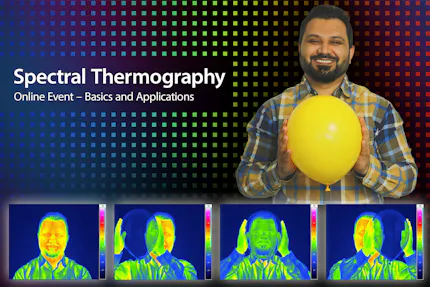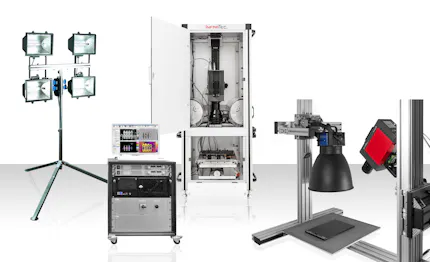Active Thermography in NDT – Advantages, Challenges, Opportunities
InfraTec offers a special seminar "Active Thermography in NDT" for thermography users with a corresponding professional orientation. It facilitates an efficient introduction to this NDT method. It also supports you in assessing for which of your concrete inspection tasks the various methods of active thermography, for example lock-in thermography or pulse-phase thermography, can best be used.
The participation fee for the training is: 960 EUR*
Registration deadline: 1 October 2025
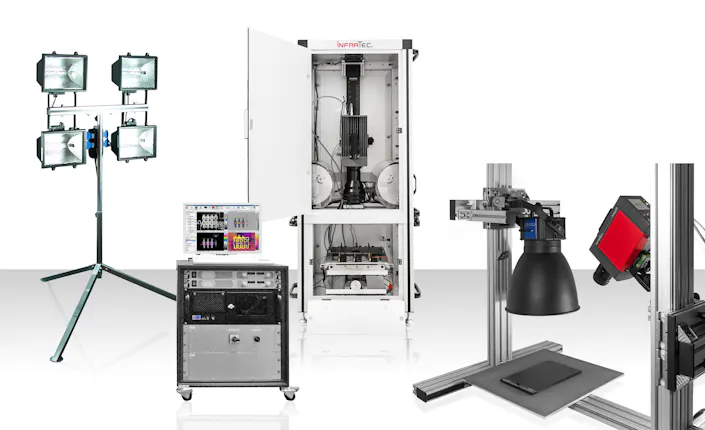
Current Appointments
- Training: Active Thermography in NDT – Advantages, Challenges, Opportunities (english)Virtual
Date
2025-10-22, 09:00 CEST – 16:00 CESTPrice includes materials: 960,00 EUR*Register now
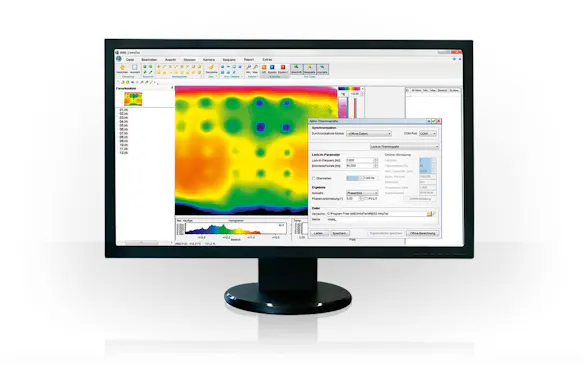
Active Thermography in Non-destructive Testing
Energy excitation of a test object generates a heat flow that leads to temperature changes on its surface, which can be detected with highly sensitive infrared cameras. Based on the temporal course of these temperature changes, conclusions can be drawn about the material properties and condition of the test object. Active thermography, in combination with high-resolution camera technology and suitable analysis algorithms, allows the detection of even the smallest defects.
During this process, the test object remains intact and can be used for further tests or improved if necessary. Active thermography is a very efficient non-destructive testing method that allows rapid analysis of even large-area test objects made of a wide variety of materials.
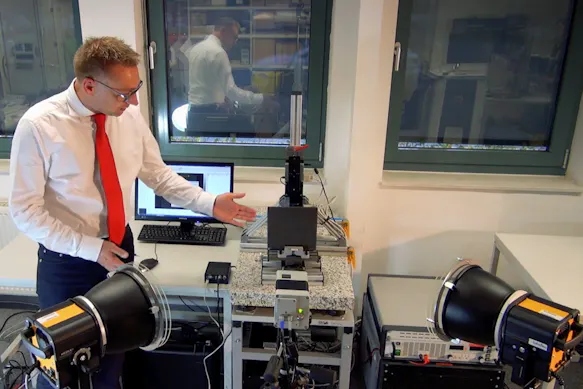
You Want to Learn More about Active Thermography?
Do not hesitate and register for our training "Active Thermography in NDT – Advantages, Challenges, Opportunities".
We are looking forward to your participation.
If you have questions about the event, please feel free to contact us at any time.
Note on the Event
The seminar will take place as an online event and will be delivered via GoToWebinar. You will receive all details after registering for the event.
Scheduled break: 12:00 – 13:00 PM
Registration deadline: 1st October 2025
Participation Fee
The participation fee for the training: "Active Thermography in NDT – Advantages, Challenges, Opportunities" is: 960 EUR*.
*The prices do not include VAT. The offer is exclusively valid for commercial customers.
Agenda* for the Training
We would like to familiarise you with active thermography in as clear a manner as possible, and in doing so, tie in directly with your experiences.
Theoretical basics of active thermography
Radiation physics: Thermographic measurement principle
Thermodynamics: Transient heat flow, material property diffusivity
Mathematics: Fourier transformation
Equipment technology of active thermography
Thermographic cameras: requirements and device parameters
Excitation sources: Principles, practical realizations
Image data acquisition and evaluation
Variations of the temporal excitation process
Excitation synchronous thermal image acquisition
Evaluation methods, overview of software tools
Task analysis, test strategy
Application of NDT basics: acquisition and evaluation of inspection tasks
Detectable defect types, sizes and depths
Influences of material and test specimen design
Informative value of preliminary tests
Practical execution of the examination
Selection of excitation type and time course
Determination and optimization of excitation and acquisition parameters
Evaluation and presentation of results
Light excitation with halogen lamps and flash lamps
Excitation with induction and direct current supply
* Subject to change

